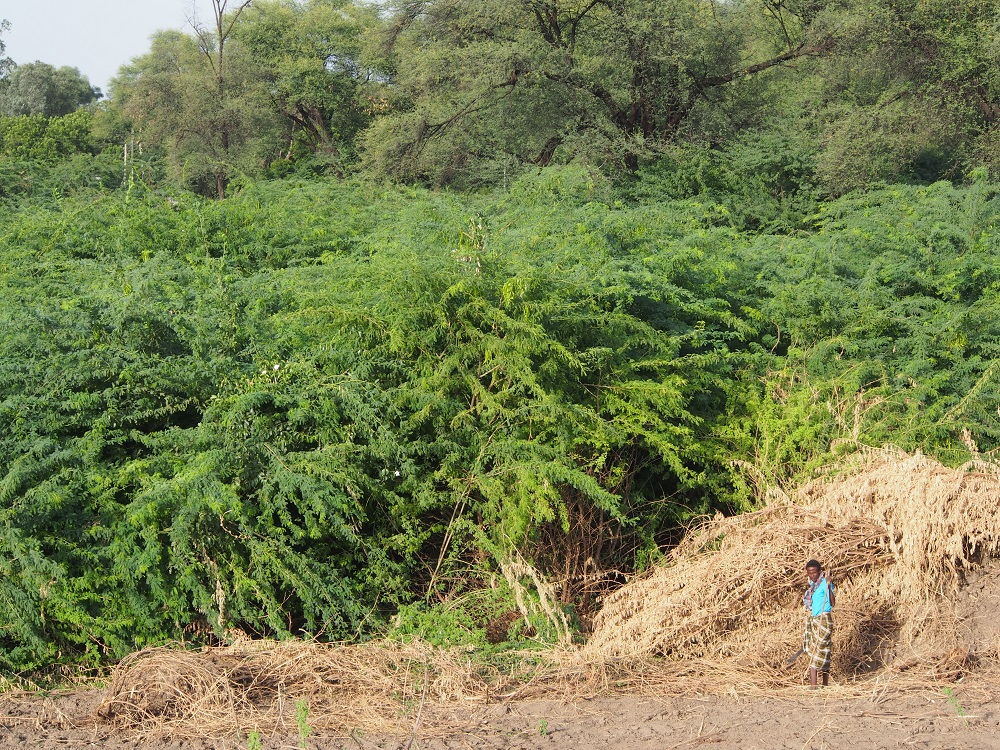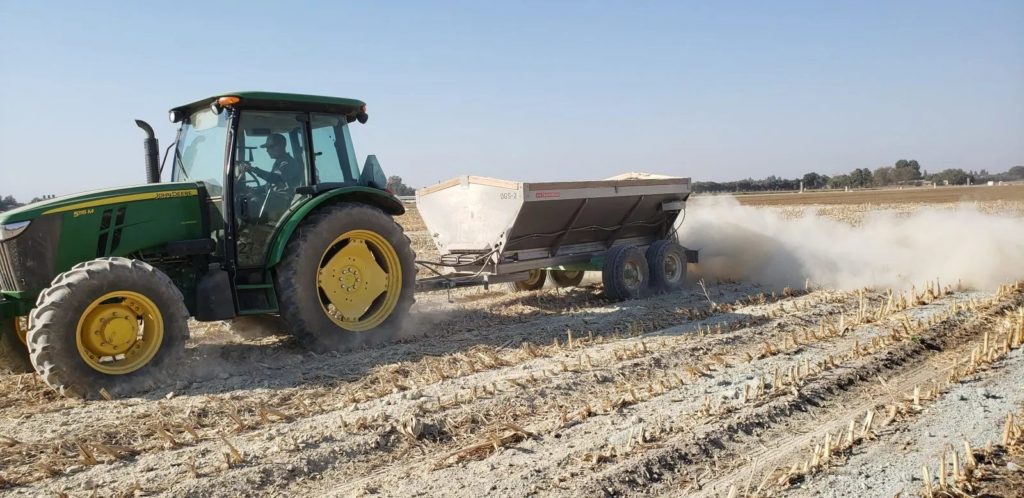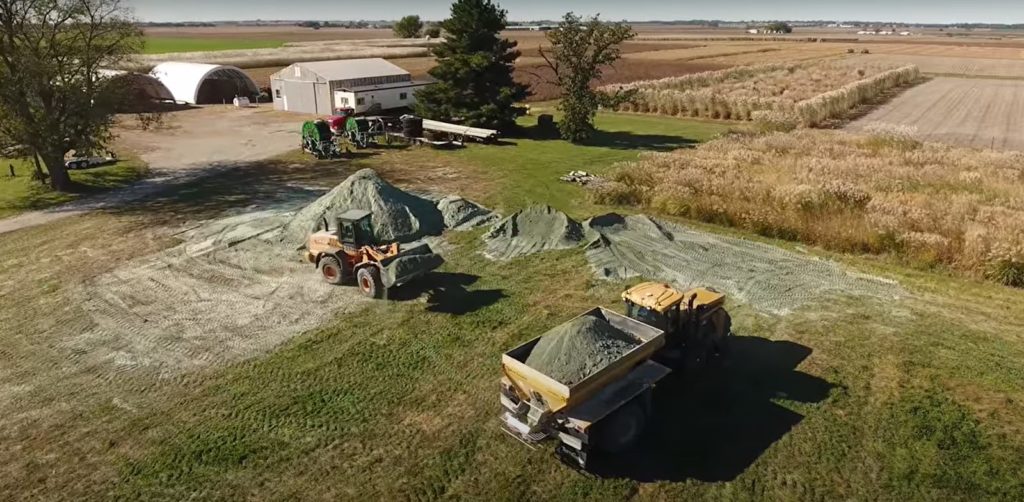CDR in the Tropics: Building Trust, Markets, and Climate Solutions
When Jill Raval steps onto a stage, whether under the lights of a classical Indian dance performance or in front of a global audience of climate entrepreneurs, she carries the same sense of rhythm and intent. “I wasn’t a good student,” she admitted with a laugh during the Pioneering CDR in the Tropics webinar hosted by Milkywire on October 8, 2025. “I was much more into dancing.”
Application of finely ground rock on farmland. Credit: InPlanet
Today, Raval serves as Milkywire’s Nature Lead, guiding the organization’s work at the intersection of science, ...
The Hidden Alchemy of Biochar and Basalt
The authors of a 2021 study outline a suite of land-based strategies designed to strengthen carbon capture and storage in agricultural landscapes.
Yale Research Team Uses Unique Natural Laboratory, a Watershed, to Study Enhanced Rock Weathering
Recently, Yale Professor James Saiers started a project at the Sleepers River Research Watershed focusing on how enhanced weathering can consume CO2 and how this process influences the biogeochemistry of the watershed.
Turning Invasive Plants into Agricultural Assets: Inside ISAP India’s Biochar Vision
Choosing mesquite as the primary material for biochar allows for the removal of this invasive species, enabling the restoration of the land for agricultural use.
Navigating Geological Contrasts: Strategies for Sustainable Agriculture in Tanzania
Tanzania exhibits highly contrasting geology, which plays a crucial role in its strengths and limitations for agricultural development. Certain areas of the region contain abundant minerals for fertile soils while others suffer from depletion. This disparity arises largely from the region's unique geomorphological features, notably its location along the East African Rift System (EARS). The EARS is an extensive continental rift valley beginning at the Red Sea in the north, and extending eastward into the Indian Ocean (Wood & Turn). The rift is actively forming through ...
India’s Potential for Food Security and Climate Stabilization
Dr. Tedros Ghebreyefus has warned: “There is no vaccine for climate change.” While this is currently true, recent advances in nature-based carbon dioxide removal strategies may offer an effective treatment of the problem.
Enhanced Rock Weathering and Rock Dust Application in China
China's abundant limestone deposits and diverse climate make it an ideal candidate for exploring enhanced rock weathering's potential.
New Isometric Protocol for Carbon Dioxide Removal Via Rock Dust Weathering
The carbon-tech company Isometric has released a new protocol. It provides science-based guidelines for monitoring, reporting, and verifying carbon dioxide removal via rock dust weathering.
Answering the IPCC Call to Demonstrate Rock Dust’s Potential for Climate Stabilization
The IPCC 2022 report on the impacts of global warming warns that climate hazards will increase dramatically if global temperatures continue rising and exceed 1.5 degrees C above pre-industrial levels.
Rock Dust Is Effective to Fight Climate Change, University of Illinois Energy Farm Finds
A new field study led by University of Illinois researcher Ilsa Kantola demonstrates how we can use rock dust weathering to greatly enhance carbon dioxide removal from the atmosphere.















